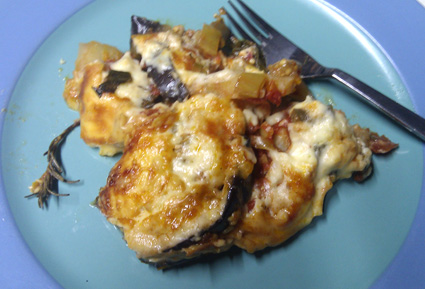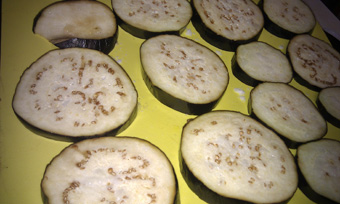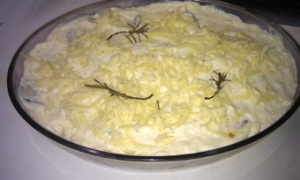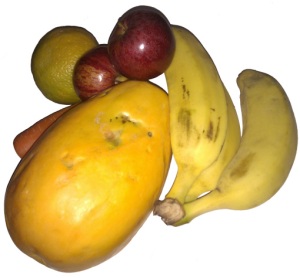Brussels sprouts are one of the cruciferous vegetables, like broccoli and cabbage. They contain significant amounts of Vitamin A, B group vitamins, Vitamins C, E and K, according to Ramona French on Livestrong.com.
Last Tuesday, 13 December 2011, I picked loads of brussels sprouts from my vegie garden here in Queensland, Australia – summer here has been unusually cool. Usually by this time of year, most things have gone to flower and it’s really hard to grow anything except under shade cloth. The thrill of picking something from the garden and cooking or eating it that day is something that hasn’t left me in over two decades of gardening. However, I still sometimes have a hard time infusing that same degree of thrill into my children!
So when confronted with one cabbage and a feed of brussels sprouts, I challenged myself to come up with a meal that even my children would eat and enjoy! I put the cabbage aside for the next meal and concentrated on the sprouts.

With some shallots, also from the garden, this is what I created.
Ingredients:
Brussels sprouts
2 shallots or spring onions (those long green ones – I never know what to call them)
I ear of corn
a handful of unsalted raw cashews
100 g cream cheese
a clove of garlic
1 tsp curry powder
a little oil or butter
Method:
I put a bit of butter in the bottom of a heavy based frypan and added the shallots and garlic to gently cook through.

Next I added sliced brussels sprouts and the corn kernels cut from the corn ear. I continued to cook on a fairly low heat until tender but not overcooked.

Then I tossed in the cashew nuts roughly chopped and the curry powder and stirred them through, cooking for another couple of minutes, before adding some dobs of cream cheese and turning the heat off.
While I was doing this, I also made some beans in tomato sauce as a side dish – 500 g beans, 3 cloves of garlic and 5 chopped tomatoes. You cook the garlic in a small amount of olive oil, add chopped beans and stir until bright green, add the tomatoes (you can peel them first), and then cook for about 10 minutes, stirring occasionally. You can add a little water if getting too thick, and put the lid on the saucepan.

Then I took the sprouts mixture and piled it on to some ready rolled puff pastry, wrapped it up and cooked it in the oven – it only took about 15 minutes to brown.



Serve with a garden salad!
Childrens’ verdict: Yummy!
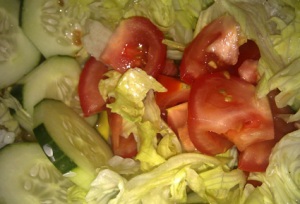
Later that evening, we were watching TV and an advertisement for McDonalds came on – for under $5, you can buy a burger, fries and coke. Very cheap for all the processing involved – some of it did start out as real food, for example, potatoes, and so it was grown, transported, cut up, transported, fried, packaged and sold. However, quite expensive when you consider all the hidden costs – the use of fossil fuels, the pollution, the health costs of eating trans fats, phosphoric acid and high fructose corn syrup, white sugary bun…
But I’m sure our meal for 4 cost less than $20 and was better for us, especially with the salad thrown in.
And a recent article, “A Health Warning – Supermarket Shelf Poisons”, warns of the dangers of combining certain “foods”, like Mentos and Diet Coke, or Vitamin C and diet soft drinks.
![IMG_1035[1]](https://motherfoodissues.files.wordpress.com/2013/05/img_10351.jpg?w=513&h=513)









